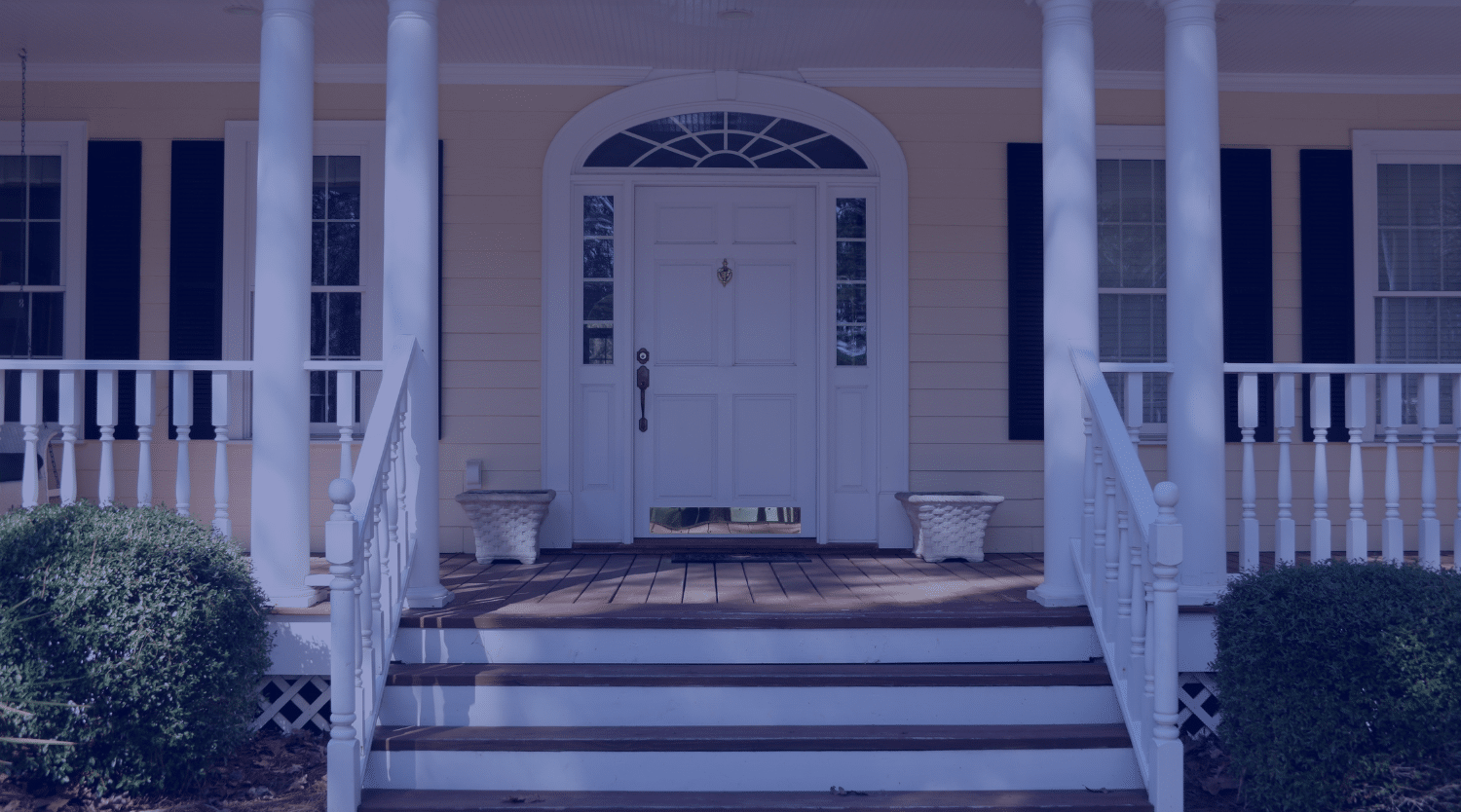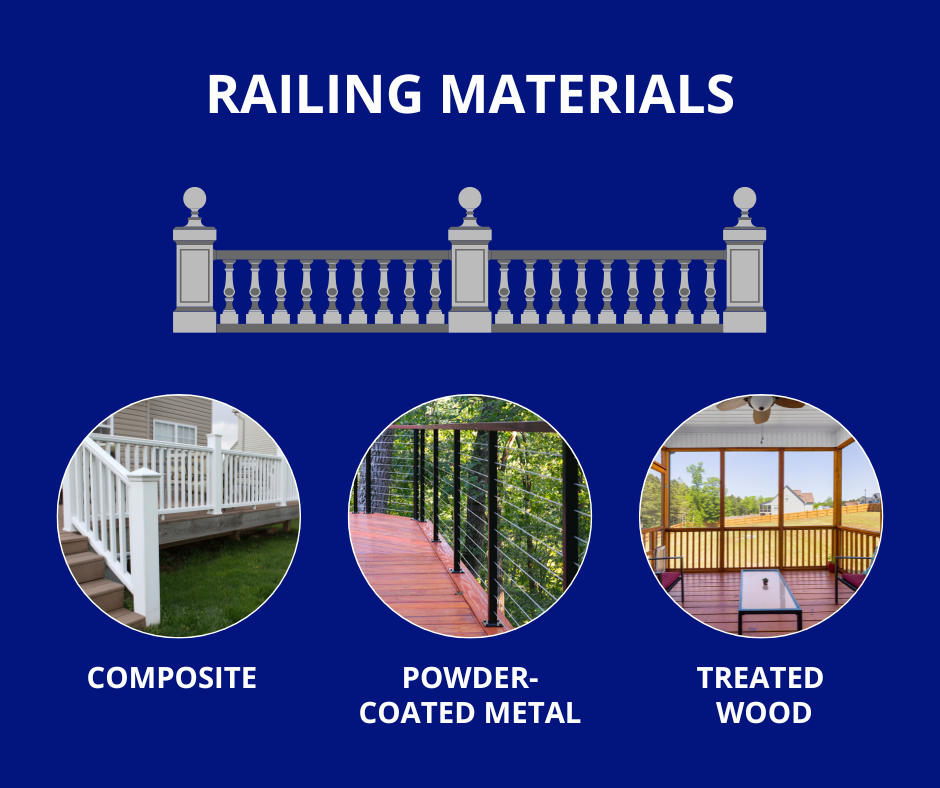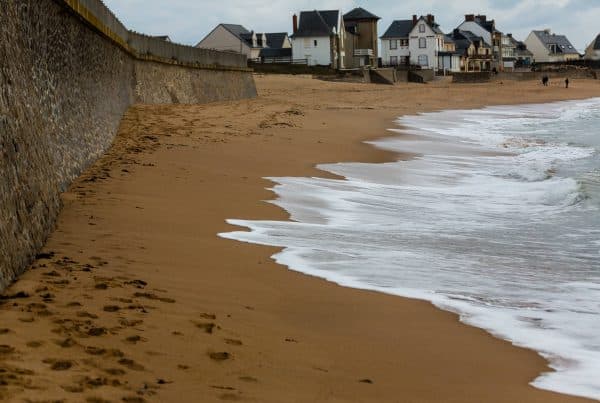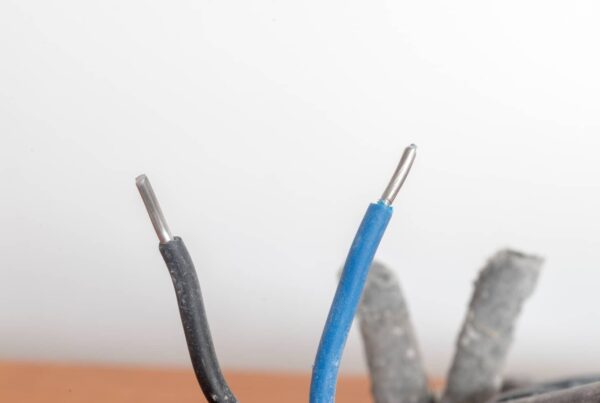
Not all porches are built to last, or pass inspection. While some porch railing designs might look great at first glance, they could be hiding issues that raise red flags for home inspectors. If you’re planning to sell your home or just want to make sure your porch is safe, knowing which railing designs tend to cause problems is a smart move.
Let’s take a closer look at the types of railing designs for porch areas that most often lead to inspection issues, what inspectors are looking for, and how to make sure your setup checks all the right boxes.
5 Railing Designs that Often Lead to Inspection Issues
1. Horizontal Cable Railings
These modern railings are sleek and stylish, but they’re not always up to code. In homes with small children, horizontal cables can be easy to climb, making them a safety risk.
In some areas, inspectors may fail them unless extra safety measures are in place. If you’re using cable railings, make sure the tension is correct and that the design includes vertical elements or child-proof barriers where required.
2. DIY Wood Railings
Building your own railing might seem like a fun weekend project, but many DIY railings fall short of inspection standards. Common problems include using the wrong type of screws, not anchoring posts securely, or building the railing too low.
These mistakes might not be obvious at first but can show up quickly during a detailed inspection. It’s often cheaper to get it right the first time than to fix it after the fact.
3. Rusty Wrought Iron Railings
Wrought iron is strong and attractive, but only when properly maintained. If rust starts to eat away at the joints or base anchors, the railing can become unstable.
Even if the rust isn’t visible from a distance, an inspector will look closely for weak spots that could lead to failure over time. Regular maintenance is key here, especially in humid climates like Florida’s.
4. Glass Panel Railings
Glass railings look clean and modern, but they come with risks. If the glass isn’t tempered or the panels aren’t properly supported, they can crack or shift.
Inspectors will check for the right type of glass, secure framing, and proper edge protection. A stylish design isn’t worth it if it compromises safety.
5. Overdecorated or Unusual Railings
Custom or artistic railings might catch the eye, but they often break basic rules like spacing, height, or anchoring. If your railing has wide gaps or oddly shaped openings, it might not meet safety standards.
Building codes exist to protect people from accidents, and unusual designs sometimes skip the basics. It’s smart to double-check code requirements before installing anything too unique.
Why Railing Compliance Matters More Than You Think
When railings don’t meet safety standards, the problems can snowball fast. A failed inspection could delay a home sale, lead to extra repair costs, or even void parts of your insurance coverage.
For example, replacing a failed railing design can cost anywhere from $400 to $1,200, depending on the size and material. That’s a big hit for something that might’ve been avoided with a little planning.
Inspectors typically look at several key factors including:
- Height (usually 36 inches minimum)
- Spacing (no more than 4 inches between balusters)
- Structural strength (must support at least 200 pounds)
- General condition (no rust, rot, or loose fasteners)
Even if your railing looks good, it can still fail if it doesn’t meet these standards.
Materials to Use for A Railing
If you’re thinking about replacing or installing a railing, choosing the right materials can make all the difference. Composite railings are low-maintenance and weather-resistant. Powder-coated metal lasts longer than untreated steel or aluminum. Treated wood works well, but needs regular sealing or staining, especially in hot, damp areas like Florida.
No matter what material you choose, working with a licensed contractor who understands local codes is your best bet.

When To Call a Professional
Some homeowners try to install railings themselves, and that’s not always a bad idea. But even small mistakes, like using the wrong screws or not aligning the posts, can lead to major issues. If you’re not familiar with local building codes or inspection requirements, it might be worth calling in a pro. A home inspection before listing your house can also flag small issues before they become big ones.
Before your next inspection, take a few minutes to walk through this simple checklist:
- Is the railing at least 36 inches tall?
- Are the balusters no more than 4 inches apart?
- Are all posts tightly anchored to the porch or deck?
- Is the railing free from rust, rot, or wobbling?
- Is the design safe for kids and pets?
- Are you using materials that can stand up to your local weather?
If you’re unsure about any of these, don’t guess, get help from a professional. A safe, code-compliant railing adds to your home’s value and keeps everyone on solid ground.
Conclusion: Safe Railings Make for Smooth Inspections
Porch railings can make or break a home inspection. Even the best-looking design can cause trouble if it doesn’t meet safety and code standards. Whether you’re preparing to sell, doing a renovation or just being proactive, it’s important to make sure your porch railing is safe, sturdy, and up to code.
If you’re not sure where your railing stands, a professional inspection can give you answers. At Honor Services, we help homeowners catch these problems early, before they become expensive repairs or closing delays. Reach out if you want peace of mind about your home’s safety. We’re here to help.


